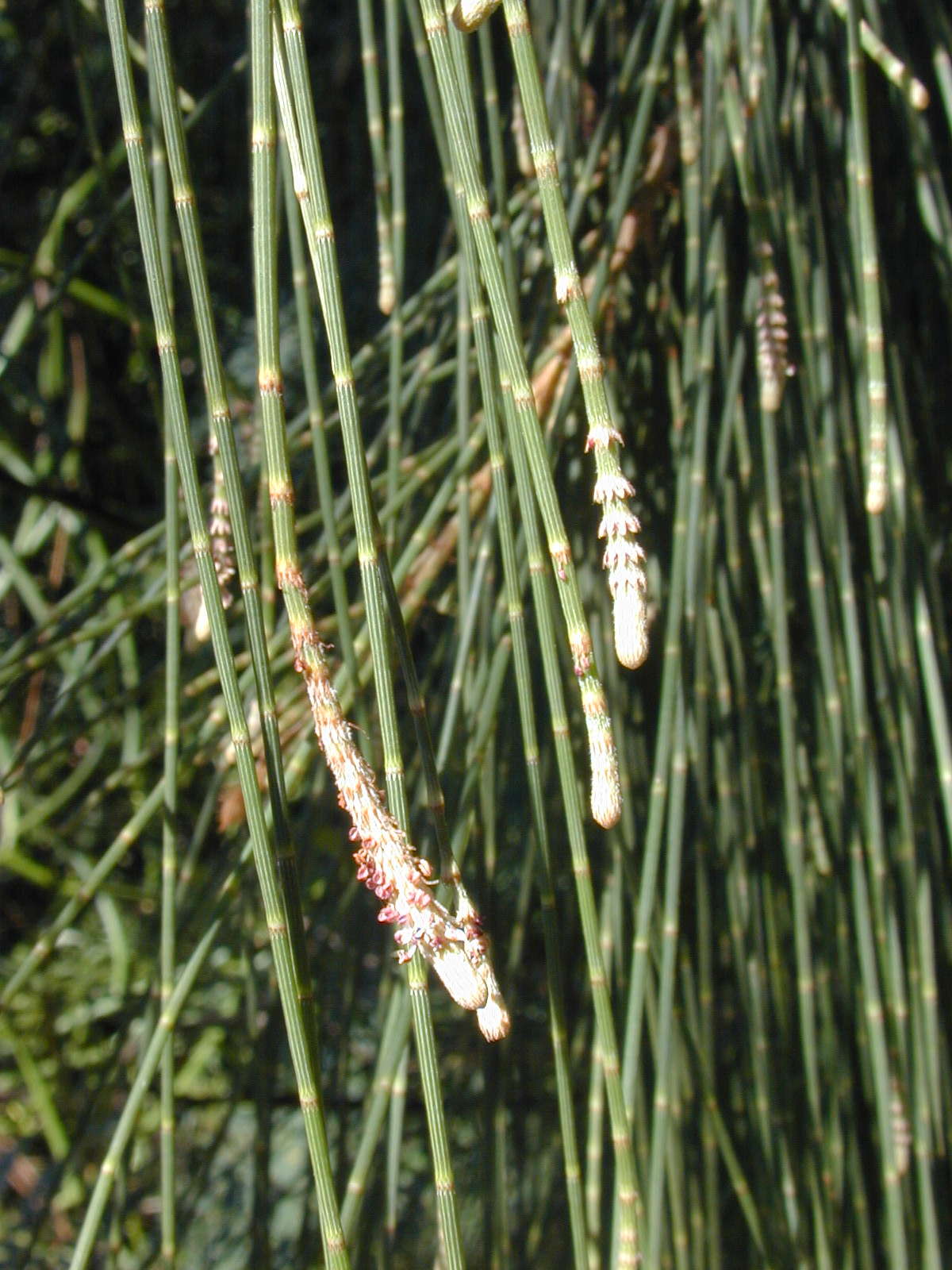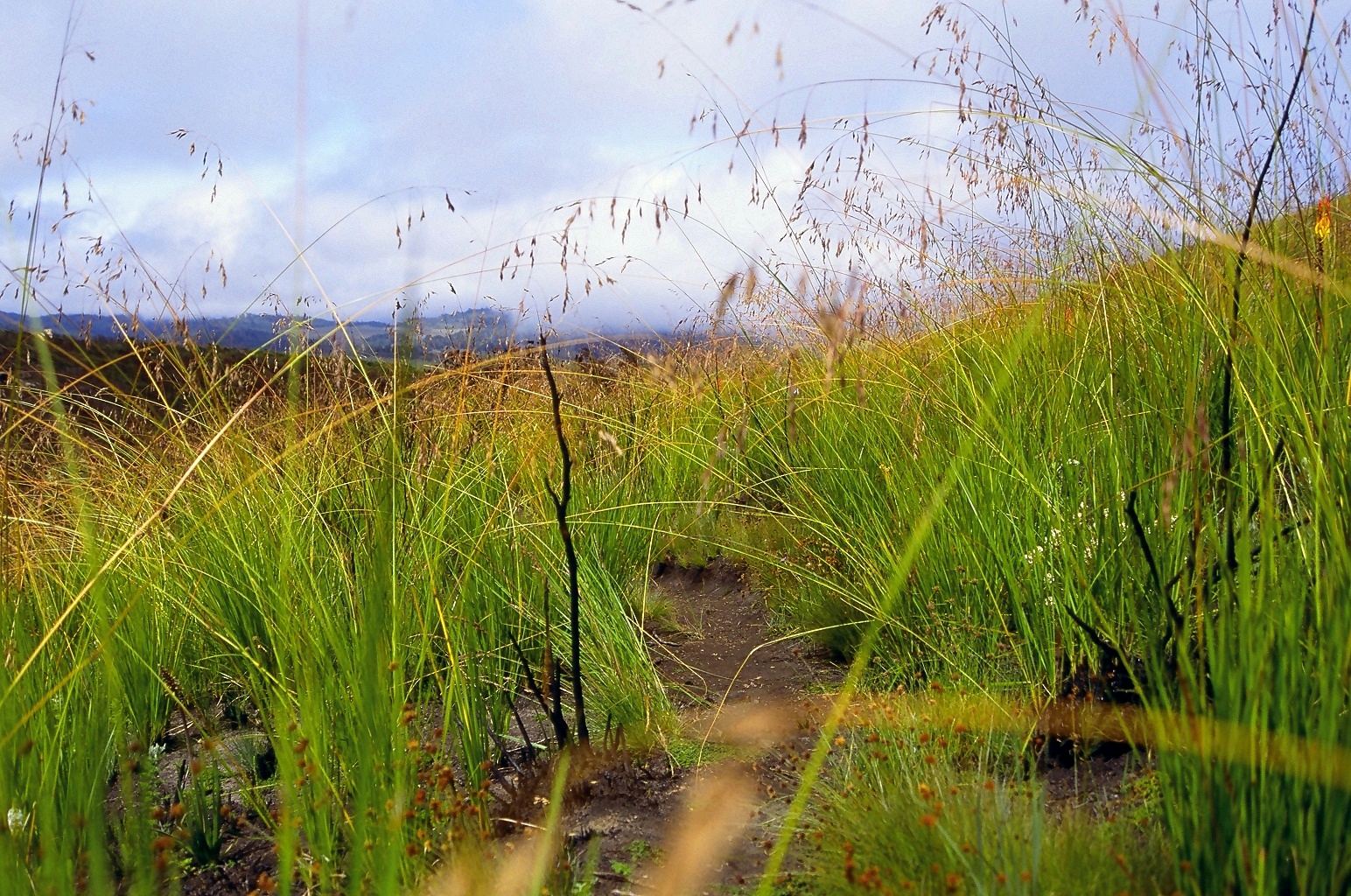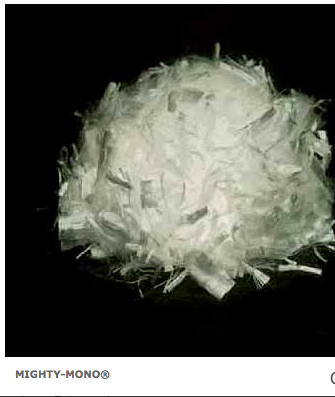 |
|
http://richardartusdotcom.files.wordpress.com/2012/07/j-c-duffy-good-news-bad-news-new-yorker-cartoon.jpeg
|
A quick run-down of traditional and contemporary additives include but are by no means limited to the following:
- Locally sourced with minimal processing and transportation (lower embodied energy):
- Plant fibers - straw, hemp, sisal, filao needles, elephant gras
 | ||||
| Filao-tree needles. Found in Southeast Asia, Oceania, West Africa, Bolivia, and the Southern United States. |
 |
| Elephant grass. Native to Southern and Eastern Africa. |
- Animal fibers - hair, fur
- Animal products - termite cellulose, blood, urine, casein/milk whey, fat, manure, boiled bone/skin "glue"
- Plant products - acacia/oak/chestnut tannins, gum arabic, bark of Néré, Euphorbia sap, banana-leaf juice, sisal juice
 |
| http://practicalaction.org/additives-to-clay-organic-additives |
- Commercially sourced with more extensive processing and longer-distance transportation (higher embodied energy):
- Pozzolanas, Portland cement
- Colophane (from pine tree resin)
- Monofilamentous polypropylene fibers
- Hydraulic lime
- Linseed, cotton, castor, coconut oils
- Bitumen/asphalt (solid/viscous liquid petroleum)
 | |
| Colophane (processed pine tree resin) |
Given the high embodied energy and industrial complex bias of the most commonly studied additive, i.e. cement, it seemed desirable to look at alternatives. However, it becomes frustratingly apparent upon extensive web searching of online literature that not only are such studies practically non-existant with respect to seismic shear strength of earthen building materials, but the ones that do exist exhibit a distinct commercial/industrial bias toward cement as the solution. One comparative study from 2011 examined cement with a synthetic polyproylene monofilament fiber - even more embodied energy!
Even an article published in 2000 by the Getty Convservation institute suggests cement as a superior seismic stabilizer in historic adobe buildings. Finally, there is data from a 2006 paper comparing sisal, cassava, and cement which only confirmed, at least in this systematic study, that cement was the clear winner in the tensile strength category:
 |
| SC=Sisal CEB; CeC = Cement CEB; CaC = Cassava CEB; CSC = Cement-Sisal CEB. Percent increase is relative to additive-free CEB. |
Yet even these authors had to draw the ultimate conclusion that,
"...there is little reliable experimental data on the
properties of raw earth for construction. This data is very fragmented as it
often deals with one type of earth and focuses on only a few properties."
It would appear that the seismic-stabilization modality promising the least embodied energy lies not in the arena of chemical or physical additives ("chemical" being broadly defined as any substance, biological or mineral, acting through a molecular interaction with the clay, sand, and silt in earth material), but in the realm of physical engineering. Though that is a topic outside the scope of this particular research project, some of the historic examples at least provide some perspective-enhancing inspiration, such as these circular Hakkanese rammed earth "condominiums", some built in the 1600s, that have withstood earthquakes measuring 6.2 on the Richter scale:
 |
| "Tulou" means literally "Earth Building". |
It is worth noting that in addition to the role played by their engineering design, it is reasonable to suspect that some of their earthquake-resilience is also due to the inclusion of fiber additives such as "branches, strips of wood, and bamboo chips"...but no cement!
[Note: All quotes and photos taken from cited literature/webpages.]



No comments:
Post a Comment